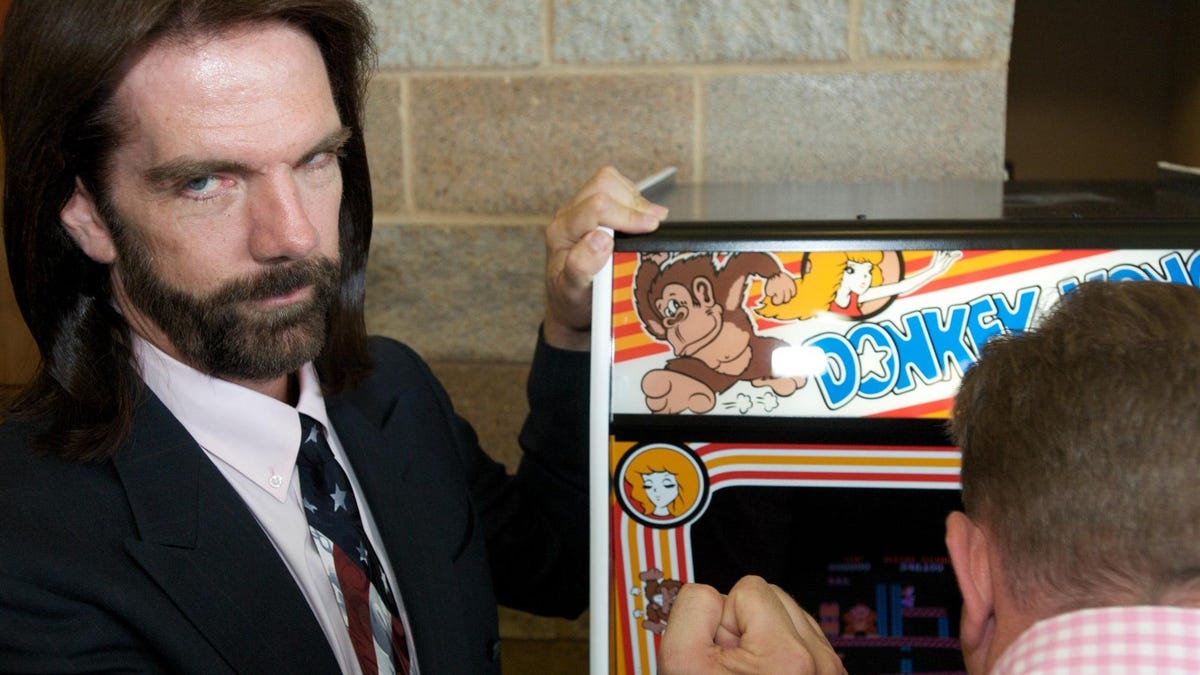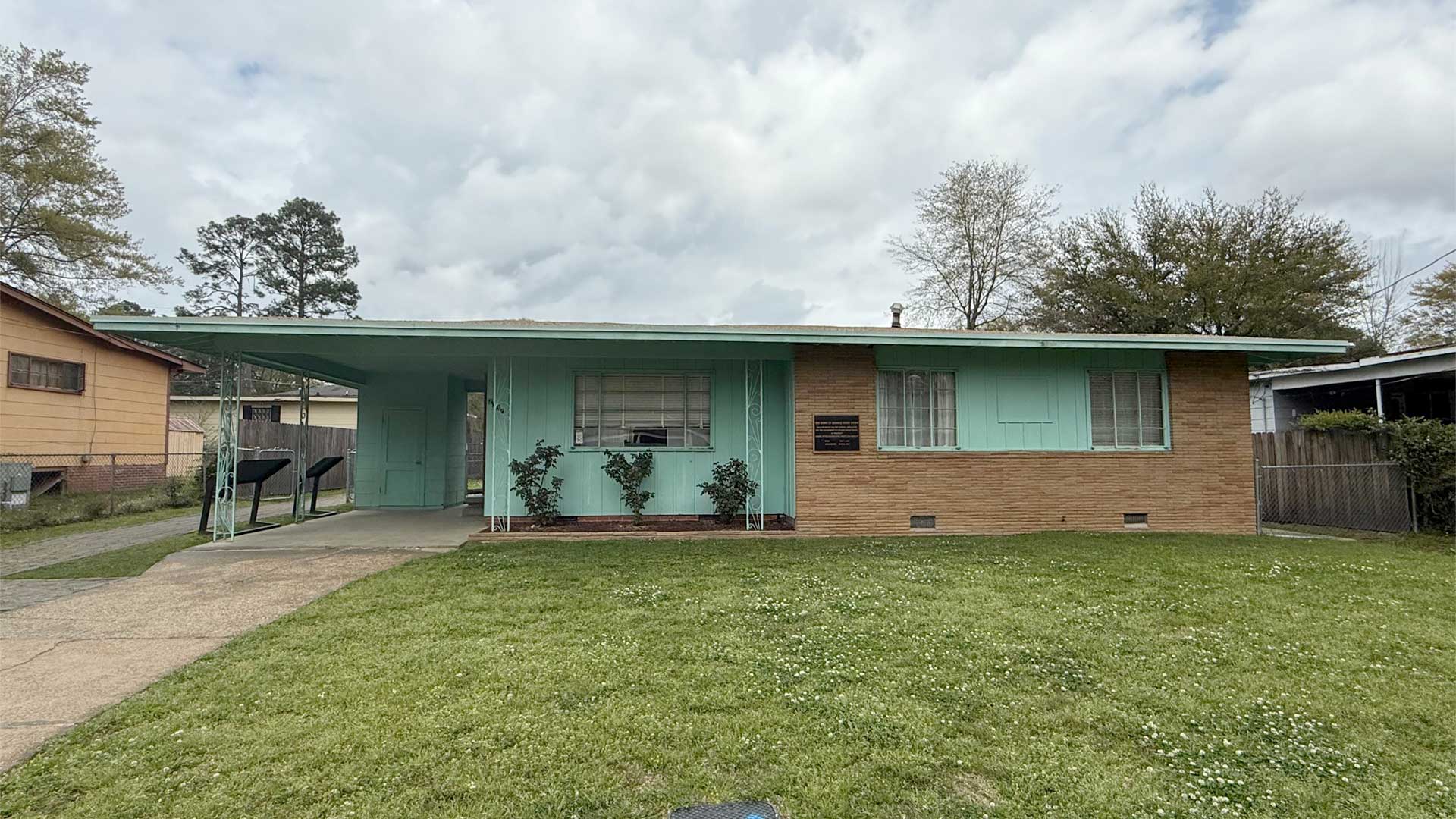New York City streets are getting a little bit more dangerous today, as the City Council’s legalization of jaywalking has come into full effect.
In September, the lawmakers, in a veto-proof 40-8 vote, killed the fine for jaywalking.
Mayor Eric Adams ran out of time to veto the bill, and so as of the end of March, it’s officially law.
The decriminalization won’t do much to change New Yorkers’ lives — few people faced ticketing for jaywalking even before the change.
But it will take yet another tool out of NYPD’s arsenal for solving problems.
And it represents yet another blow in the uber-progressive council’s war on minor, so-called pretextual enforcement tools — tools that are vital to keeping the city safe.
Councilmen justified the decision by saying jaywalking summonses were issued in a racially discriminatory manner.
They also claimed they were lifting a burden off of the NYPD.
“Police officers have told me they prefer to spend their time on real safety concerns, not handing out jaywalking tickets,” Council Member Mercedes Narcisse, decriminalization’s lead sponsor, told NPR last year.
But NYPD officers weren’t spending their time handing out jaywalking tickets: Public data show just 650 summonses issued for jaywalking between January 2020 and October 2024.
Why were any summonses issued at all? Because, as Deputy Transportation Bureau Chief Thomas Alps testified last year, enforcement is needed at some highly dangerous intersections.
“They’re looking at data,” Alps said. “They’re saying, ‘there [are] fatalities happening here, there [are] pedestrians getting struck and injured, this is where we need to do it.’”
In other words, jaywalking enforcement was part of a “problem-oriented policing” approach.
NYPD officers identify hot spots for problems — in this case, dangerous intersections — and use the tools at their disposal to suppress the risky behavior driving those problems.
Alps explained how the 115th precinct, in Jackson Heights, led the city in pedestrian fatalities by midyear 2024: three of the four deaths there were jaywalkers on 37th Avenue; 20 pedestrians were also injured there.
In response, the NYPD conducted outreach, considered engineering solutions — and wrote 45 jaywalking summonses meant to prevent people from getting hurt.
Prohibitions on minor crimes like jaywalking, littering, panhandling and loitering are essential to such approaches.
They allow police officers the discretion to stop or arrest people before they engage in more serious dangerous behavior.
But that’s exactly why the radicals on the City Council don’t like them.
In their view, these “pretext offenses” — acts that are criminalized to give cops a pretext to stop, arrest or otherwise manage an unruly or dangerous actor — are just a license for cops to harass innocent New Yorkers, particularly black and brown ones.
Charges of racism become a catch-all reason for slashing the criminal law.
In the view of the council, cops should be focusing on “major crimes,” not quality-of-life offenses. If it’s not a murder, why should the police bother?
It’s this view that helped push the legalization of marijuana, and the decriminalization of loitering for the purposes of prostitution.
But the results of those actions show what happens when you take away officers’ pretext tools.
In legalizing pot and decriminalizing its public consumption, New York created a massive public nuisance, with the stench of weed now pervading Manhattan.
In permitting loitering for purposes of prostitution, the state inadvertently gave rise to the massive prostitution problem now challenging Roosevelt Avenue in Queens.
In both cases, prohibitions on anti-social public behavior — smoking a joint on a street corner or standing around soliciting — gave cops the ability to target problems before they got big.
But once the law forces cops to be solely reactive, rather than proactive, the problem has to get big before cops can try to do anything about it.
The same is going to be true for decriminalized jaywalking.
Jaywalking is, as many have claimed, a “New York tradition.”
But that doesn’t make it safe on many of the city’s busiest thoroughfares.
And precisely because it’s so common, the threat of monetary consequences is an important tool to deter people who might be dumb enough to jaywalk in a place where they could get injured or killed.
Should we expect a big explosion in pedestrian deaths? Probably not. But the streets will be a little less safe than they were.
More importantly, this is yet another blow to the idea that cops should solve problems before they get big.
That’s the most dangerous development of them all.
Charles Fain Lehman is a fellow at the Manhattan Institute and senior editor at City Journal.
















